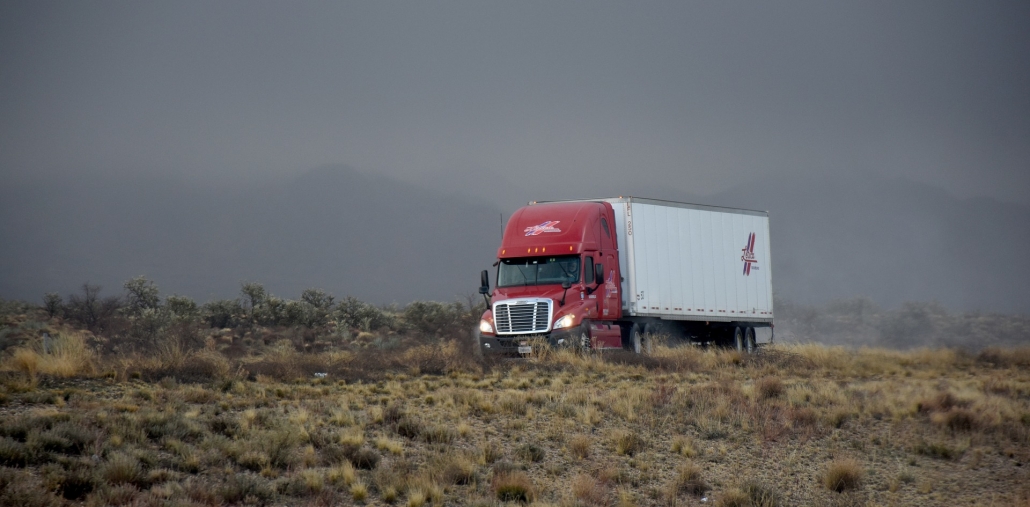
Do you know where you will be on Tuesday, November 3, 2020? That’s the date of this year’s Presidential Election. Some truckers know their schedules months in advance, but for many, it’s hard to plan ahead too far. Many long-haul truckers can safely bet that they won’t be home that Tuesday. And for the many things that professional truck drivers miss out on being away from home, you don’t have to miss out on voting! So for those truckers planning ahead, here’s some tips for how to vote as a truck driver over the road.
Are You Registered to Vote?
Every American citizen, 18 years or older, can vote in the United States. Patriotic truck drivers are no exception to that rule. But first you need to be registered before you submit your first ballot. If you’re not sure if you’re already registered, start here. You can check your registration status, find your local voting information, and get registered if needed.
Whether you like all of the candidates or plan to vote for every issue on your local ballot, in order to even have the opportunity to cast a single vote, you must be registered first.
Get an Absentee Ballot
Once registered, there’s a few ways to cast a vote as a truck driver. Since there’s a good chance you won’t be home that day, you can request an absentee ballot. An absentee ballot allows a registered voter the ability to request a ballot in the mail to be submitted prior to the actual election day. This does take some effort ahead of the election to coordinate the steps you need to take.
The absentee ballot process requires you to:
- Complete the form to request the ballot
- Complete and send the form in the mail
- Receive your ballot in the mail
- Complete your ballot
- Return your ballot either by mail or in person prior to the deadline set by your state
If you plan ahead and follow the steps, you can still exercise your right to vote, even if you’re away from home! Every state is a little bit different, so be sure you’re aware of all of the rules. Some states do all of their ballots by mail, so this can help a trucker get their vote counted.
Vote Early
If the absentee ballot process is not going to work for you, there still might be another choice available. Many states offer their residents the ability to vote early in-person. Each of the states that allow early voting, have unique rules governing early voting. So if you live in a state that allows early voting, you might be able to coordinate your at home schedule to accommodate a trip to a local polling place when you’re at home. This way you can still vote as a truck driver, and make your voice heard.
We know the life of an over the road driver can be challenging. But with these tips, you should be able to plan ahead and vote successfully. And no matter who you’re planning to vote for, get registered and vote this year. Every vote counts!
STAY UPDATED ON INDUSTRY TRENDS AND BEST PRACTICES
Join our community of over 150,000 drivers who receive our updates.



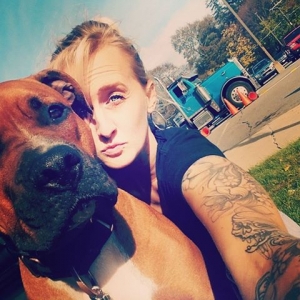
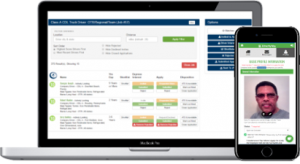


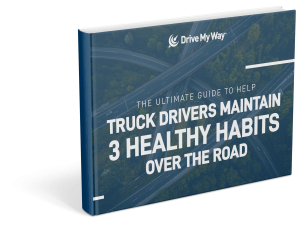
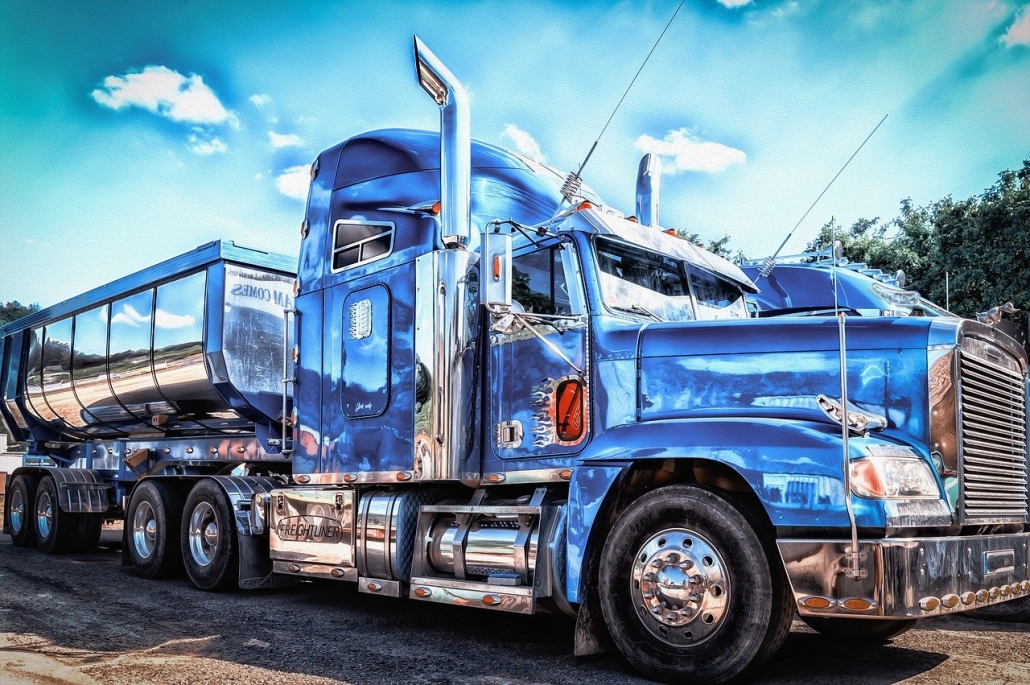
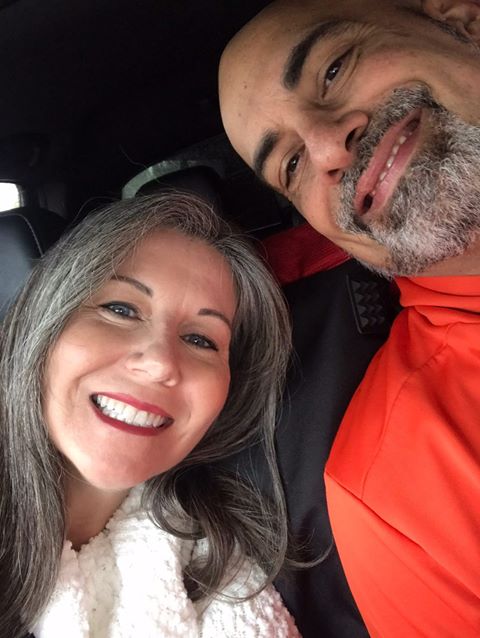


 2. Weigh My Truck
2. Weigh My Truck 2. Sanvello or Headspace
2. Sanvello or Headspace
 2. Many Locations for CDL Schools
2. Many Locations for CDL Schools 2. Cost Prohibitive
2. Cost Prohibitive

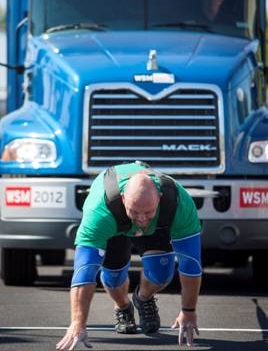
 Tip 5: Protein, first thing in the AM
Tip 5: Protein, first thing in the AM